- Joined
- Sep 6, 2019
- Messages
- 47
- Reaction score
- 6
Earlier this week, I made a post about my new Yellow Eye'd tang getting, a weird skin issue. He didnt make it beyond 24 hours, (Bought on Saturday, noticed it Monday, dead Tue Morning) however the consensuses was it was a bacteria infection.

 www.reef2reef.com
www.reef2reef.com
Because I am a big 'ole dummy, I didnt QT him with I got him, and only removed him from the DT after noticing the symptoms. So, after he didnt make it, i cleaned the QT tank, and went ahead an moved all of my fish in to it (2 Clowns, and a Blue Tang) after I noticed a small spot on one of the clowns. They have been in the 50 gal QT for about 36 hours and are being dosed with Kanaplex, Furna-2 and copper (just to be safe). (Per the directions, the have had 2 does of Furna-2, 24 hours apart, and 1 does of Kanaplex, Wednesday, with another does of Kanaplex due tonight.)
While 1 clown and the Blue tang appear to be fine, the clown with the spot appears visually to be getting worse. Any thoughts or suggestions? (I have never had to deal with type of infection before, so I am just not sure if its a 'oh it will take 48-72 hours before meds start working' or 'oh yeah it going to look like hell as the meds do their thing' or 'Meds aint working')
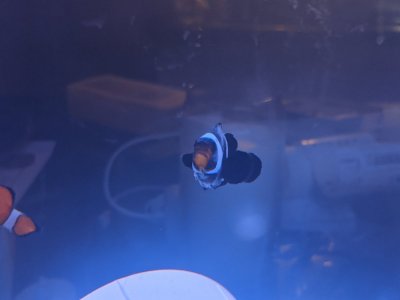
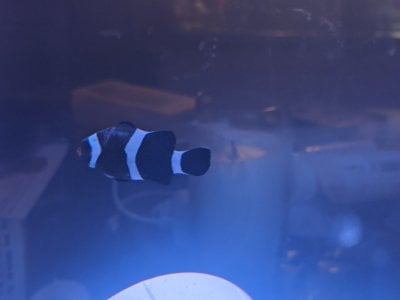
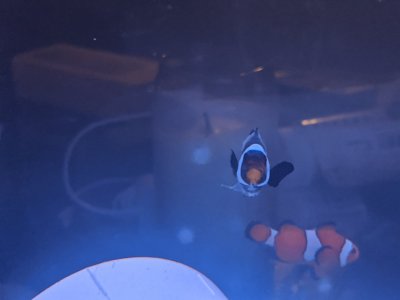
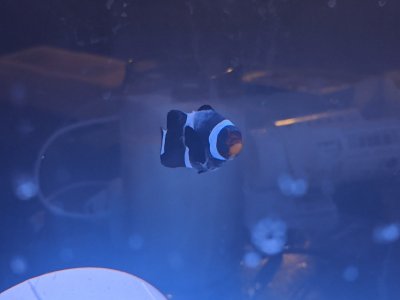
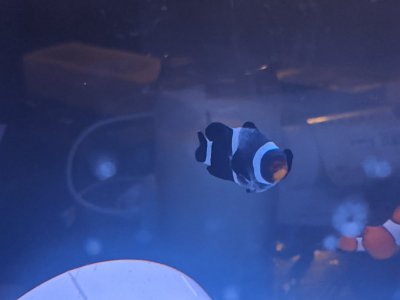

Yellow Eye Kole Tang Skin Issues
Purchased this yellow eye kole tang a couple days ago. No signs of stress/distress and eating well. He's in a 6-ft long, 150-gallon tank with some rocks, RTBA, and a few soft corals, as well as a blue hippo tang, two clownfish, a sand sifting goby, and a flame shrimp. Wondering if he's scratched...
 www.reef2reef.com
www.reef2reef.com
Because I am a big 'ole dummy, I didnt QT him with I got him, and only removed him from the DT after noticing the symptoms. So, after he didnt make it, i cleaned the QT tank, and went ahead an moved all of my fish in to it (2 Clowns, and a Blue Tang) after I noticed a small spot on one of the clowns. They have been in the 50 gal QT for about 36 hours and are being dosed with Kanaplex, Furna-2 and copper (just to be safe). (Per the directions, the have had 2 does of Furna-2, 24 hours apart, and 1 does of Kanaplex, Wednesday, with another does of Kanaplex due tonight.)
While 1 clown and the Blue tang appear to be fine, the clown with the spot appears visually to be getting worse. Any thoughts or suggestions? (I have never had to deal with type of infection before, so I am just not sure if its a 'oh it will take 48-72 hours before meds start working' or 'oh yeah it going to look like hell as the meds do their thing' or 'Meds aint working')




















